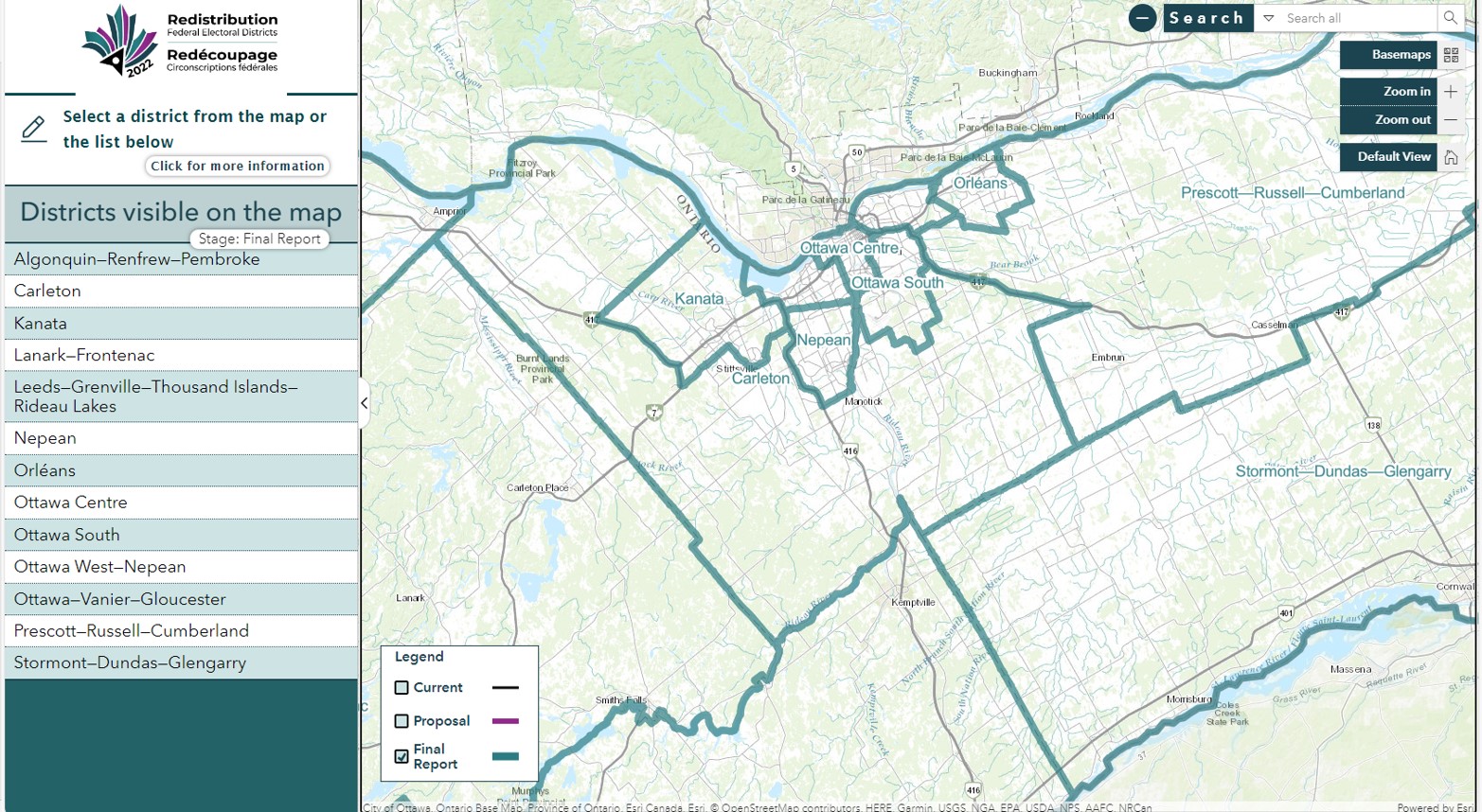House of Commons Procedure and Practice states clearly that the House of Commons holds the prime minister and ministers to account for their actions and decisions:
“While there may be other purposes and ambitions involved in Question Period, its primary purpose must be the seeking of information from the government and calling the government to account for its actions.”
Consequently, MPs must ask questions “within the administrative responsibility of the government or of the individual Minister addressed.” Previous Speakers have already ruled that questions must pertain to the administrative responsibility of the Government of Canada, which precludes anything relating to what provincial governments do, or even to what the political party of the government has done on matters like election expenses.[1] Furthermore, allowing ministers to ask the opposition questions inverts the entire purpose and function of Question Period and cannot logically be permitted. House of Commons Procedure and Practice also acknowledges under the heading “Conduct of Question Period” that “Ministers do not ask oral questions, neither of other Ministers nor of private Members.”







